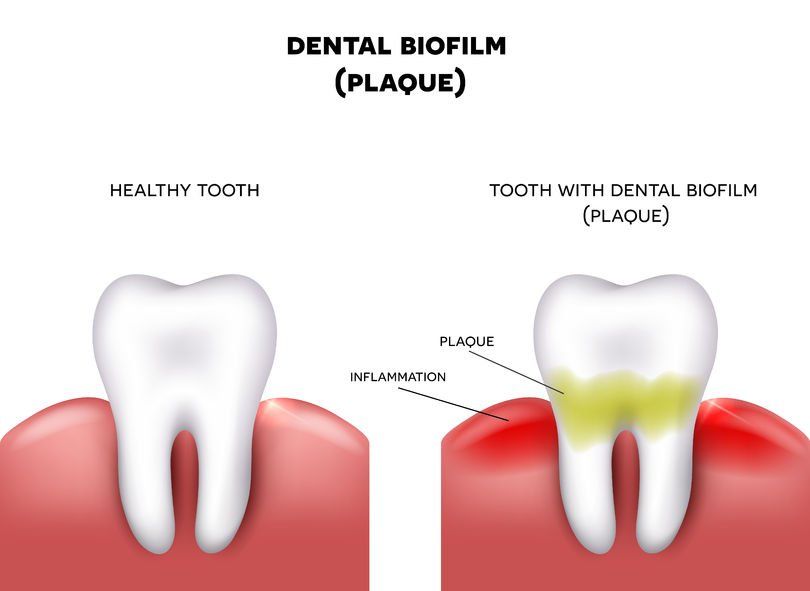How to Tell If Your Gums Are in Trouble
- By Mary Marks
- •
- 27 Jun, 2018
- •

We all experience a certain amount of gum tenderness every once in a while – the food that we eat and the beverages that we drink can irritate our gums and a new toothbrush or too vigorous tooth brushing can also cause some mild discomfort, but if the gum is healthy, the irritation goes away in a few days. However, gum problems can also become chronic issues that cause more than just temporary discomfort – here are the most common signs that your gums are in trouble and they need help:
- Your gums are tender, red and woolen and the problem persists for more than just a few days;
- Your gums bleed when you brush or floss your teeth or when you eat hard or abrasive foods;
- Gums are pulling away from the teeth – the process is called gum recession and it causes dental pain because the teeth underneath the withdrawing gums become exposed to the action of harmful acids in the mouth and sensitive to cold or heat;
- You frequently get painful sores in your mouth;
- Persistent bad breath;
- Loose or separated teeth;
- Changes in the way your teeth touch when you bite.
If you experience any of these symptoms, you should see a Colorado sedation dentist as soon as possible – in many cases, gum problems can be treated easily, with a few sessions of professional dental cleaning and by implementing a healthier, more thorough oral hygiene regimen.





Although oral sedation dentistry Highlands Ranch is one of the optionsavailable for managing anxiety and discomfort during oral surgery, you certainly do not need to use it all the time. As a matter of fact, the exact type of sedation or anesthesia that you receive during oral procedures may depend on various factors, such as the complexity of the procedure, your medical problems, as well as your doctor’s preferences.
There can be several different levels of sedation that can be used in oral surgery. Local anesthesia is one of them. This involves injecting anesthetic medication into the specific area where the surgery will take place. It numbs the area and is often used for less invasive procedures.
Oral sedation involves taking medication in the form of a pill to induce a state of relaxation and drowsiness. The patient is still conscious, but he/she may not be fully aware of the procedure. At any rate, sedation helps him/her get rid of anxiety.
In the case of intravenous sedation, medication is administered through a vein, which induces a deeper state of sedation than oral sedation. Patients may still be conscious, but they are less aware of their surroundings and may not remember the procedure.





